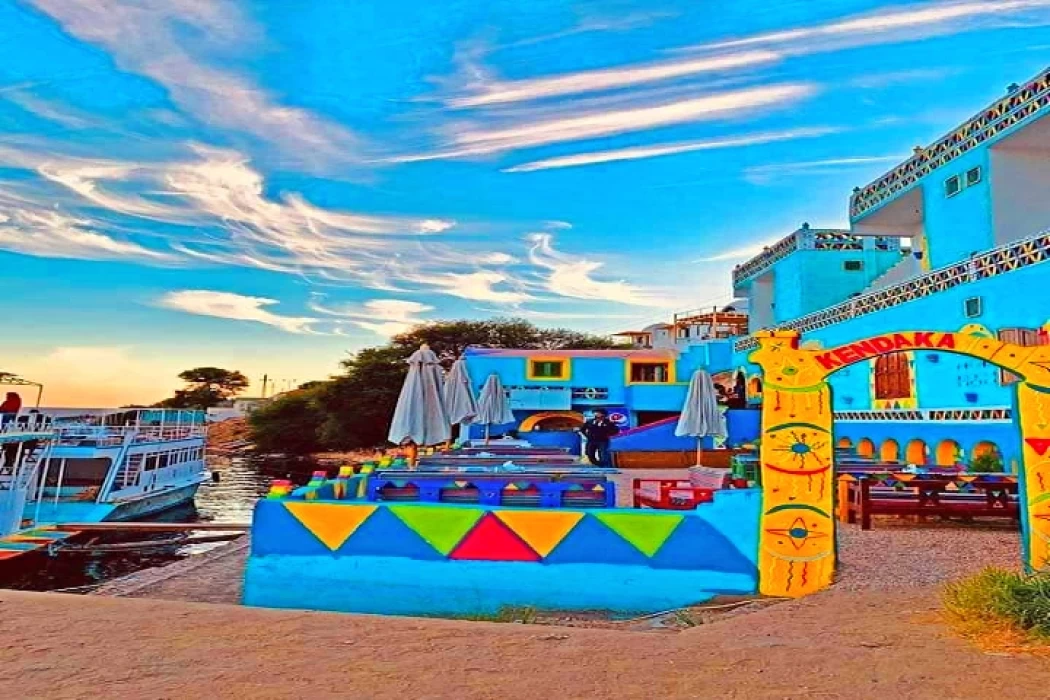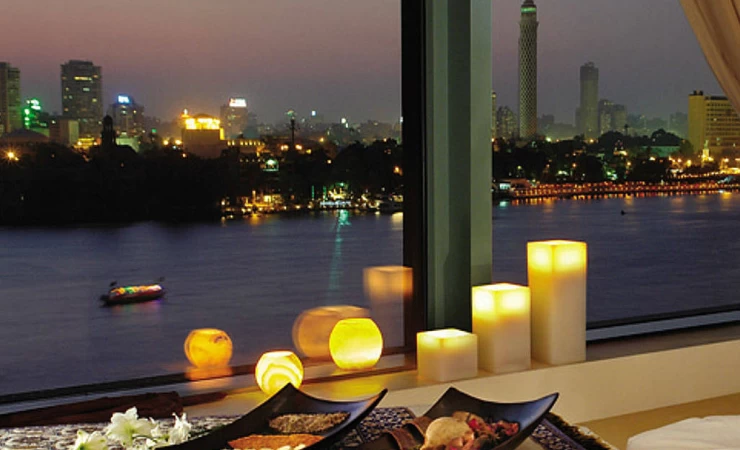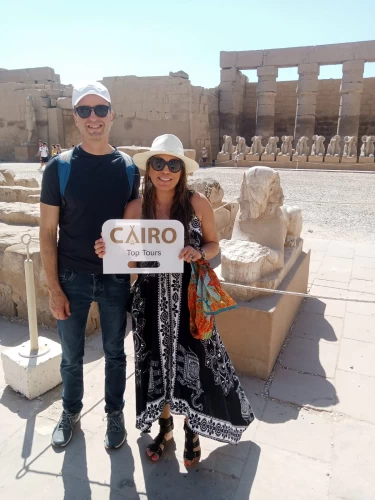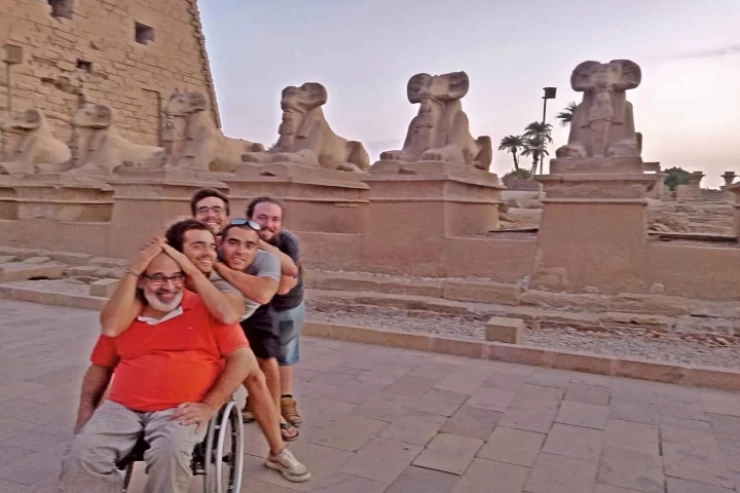
Nubian History and Culture | Nubian Heritage Egypt
Nubian Heritage Egypt
The Nubians, also known as nūbī in Arabic (نوبي), are an ethnolinguistic African group native to southern Egypt and Sudan. They are descended from the first people to live in the central Nile Valley. They are regarded as one of the first centers of human civilization.
On the west bank of the Nile, in the deep south of Egypt, Aswan city is surrounded by several small islands and Nubian villages. The Nubian villages are a joyful sight, painted in bright colors and populated by Nubians with a population of fewer than 100,000 people.
During the Kushite Period, some Egyptian pharaohs, despite adhering to traditional Egyptian practices, perceived themselves as belonging to Egyptian culture, leading some academics to believe they were indistinguishable.
They have their own Nubian languages and customs that are distinct from those of the rest of Egypt. Their origins can be traced back to Africa and Sudan when they migrated to south Egypt in antiquity to farm along the Nile. If you are going through Aswan, the Nubian Villages are a must-see attraction. They are suitable for half-Aswan day tours.
Nubian lifestyle
The Nubian area stretches for 123,000 square kilometers along the Nile River between Aswan in southern Egypt and Khartoum in central northern Sudan. Nubia's history dates from 2000 BCE to 1504 AD, making it one of ancient Africa's oldest civilizations.
Nubian History and Culture
During the new kingdom period (1570 AD – 1070 AD), Pharaoh Thutmose I invaded Egypt around 1500 BC. The kingdom of Kush, which invaded Egypt in the 8th century BC and established the 25th dynasty, was the most powerful of Nubia's many powerful kingdoms.
In the 4th century AD, the great kingdom of Kush fell apart, and Nubia was divided between Egypt and the Senner sultanate, resulting in the partial Arabization and rapid Islamization of the Ottoman empire in the 16th century. During the nineteenth century, the Khedive of Egypt, established in 1899, united the entire region.
Nubian Villages
When visiting Egypt, you must add it to your Egypt Nile Cruise Tours, as a visit to a Nubian village is a must.

The Nubian Village
Of all the attractions in Aswan, this might be the only trip that truly captures your heart. The Nubian people are so sweet and welcoming that you will be welcomed with open arms in one of the Nubian family homes. They have dark skin and speak the Nuba or Nubian language.
The cultures of Nubia
Some people claim to regard their language as a sacred heritage and refuse to teach it to outsiders. Nubian houses are usually built of mud and painted blue or orange. Palm trees and gardens abound, and they primarily raise chickens and goats on their farms. If they weren't farming, some of the locals would make a living selling handicrafts and drawing henna for tourists. This is a great trip for adults, teenagers, and people of all ages.
Ancient Egypt and Nubia
The two countries had a close friendship during both peace and war. They both used royal symbols influenced by rock art. Many cultural exchanges, partnerships, and even marriages took place between the two. They had a close economic relationship through the trade in ebony, ivory, leopard hides, and a variety of resins. Egypt's connection to East and South African riches including gold, incense, ebony, copper, ivory, and rare animals was Nubia.
Nubian Temples
Nubia derives its name from the word "Nub," which means "gold," owing to the area's abundance of gold mines, rare stones, and some of Egypt's most magnificent monuments. The Temple of Philae and Abu Simbel temples, both found in Nubia, are two of the most well-known temples in ancient Egypt's history. Both temples were saved by UNESCO in the mid-1960s as a result of the High Aswan Dam's catastrophic effects, and they are must-see attractions on a Nile cruise between Luxor and Aswan.
Nubian Crafts
The Nubians are proud, gentle, honest, and long-lasting people with their own culture and customs. Their homes were known for having a backyard and a dome on top. Their culture includes a variety of art styles, exquisite paintings, and lovely decorations, as well as enchanting pottery, and mesmerizing handicrafts such as basket weaving, palm frond mats, and necklaces.
Nubian Customs and Villages
Within their culture, they have many rituals, dances, and a unique set of customs, especially when a marriage occurs and a newborn "Sebou" is delivered. Because of their inclusive nature, they all marry in the same place. Their villages are unlike anything else in Egypt, and they are divided into three tribes: Al-Fadiga, Al-Orayqat (Originally Bedouin Traders who Migrated from Hijaz), and Al-Konoz, also known as Al-Matoka (A Mix of Arab Tribes, the Biggest Being Al-Gohayna Tribe, from the Arabian Peninsula).
Nubian Museum and Symbols
The Nubian culture's shield, which represents courage, and the black cat, which represents joy and hope in contrast to the majority of the world's cultures, which believe it represents a bad omen, are two of the many symbols. A cow or an owl as a sign represents death and bad luck. The popular Nubian Museum in Aswan was founded by UNESCO to bring the Nubian culture back to life. It was built using Nubian architecture and ancient sandstone and houses over 2,000 objects, many of which are from an ancient Nubian culture, as well as a variety of colorful exhibits from the Nubian heritage.
The Nubian region was referred to by the Egyptians as "Ta-Seti," or "The Land of the Bow," around 3500 BCE, in allusion to the Nubian prowess with the bow.
Explore All the Miracles of Ancient Egypt with us
Our section Egypt Day tours contains the most important Egypt tours that will help you explore the history and culture of the Nubian village and properly visit Egypt. Check it out and book your dream vacation to the land of the pharaohs, including a Nile cruise holiday to experience the wonders of ancient Egypt in the embrace of Luxor and Aswan's temples and tombs.


















